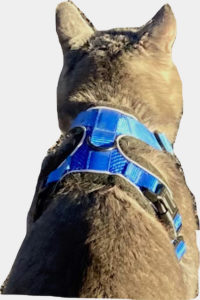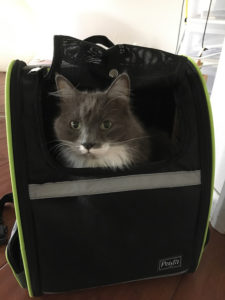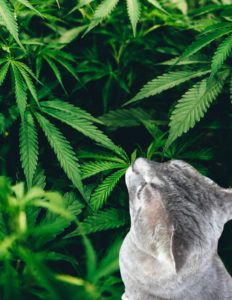
CBD for Your Cat?
CBD, short for cannabidiol, is an increasingly popular supplement. It comes from the hemp plant, a cousin to the marijuana plant. It does not get you “high” like marijuana.
CBD supplements are used to manage anxiety, insomnia and chronic pain. Recently, Epidiolex, a medication containing CBD, has received FDA approval to treat seizures resulting from several rare forms of epilepsy. Apart from Epidiolex, CBD is marketed as a supplement, not a medication. The FDA does not regulate the safety, purity or efficacy of supplements. You don’t know for sure if the product you buy actually has the active ingredients listed.
Can you use CBD for your cat to manage anxiety and pain?
The Endocannabinoid System (ECS ) is a complex cell-signaling system in the bodies of animals, both vetebrates and invertebrates. It was identified in the early 1990s by researchers exploring THC (tetrahydrocannabinol), a well-known cannabinoid found in marijuana. The ECS helps maintain a balance among the physiologic processes in the body.
Your body produces chemical compounds called cannabinoids that bind to cannabinoid receptors in the bone, brain, heart, liver, spleen (all part of the ECS) and regulate processes in your body. The ECS is thought to reduce inflammation, pain and stress.
CBD is a cannabinoid and can bind to the receptors in the ECS. While it is exciting to think that we may soon be able to supplement our own ECS (possibly our cat’s ECS) to manage anxiety and pain using CBD, the problem is that we don’t know much about CBD. There are few scientific studies regarding its effects and dosing in humans, much less cats.
Cats are not little people in fur suits…
- Cats’ DNA lacks certain genes that code for some of the enzymes that metabolize human drugs and supplements. Notable examples are aspirin, acetaminophen and ibuprofen.
- The length of time a drug stays in your cat is different than how long it remains in your body. Cats are smaller; their gastrointestinal tracts are different than ours.
- Side effects in humans include drowsiness, mood swings, decreased appetite, and diarrhea – we don’t know if cats would experience the same side effects
CDB oil is typically administered to cats and dogs orally, in food or treats. These are supplements – you have to rely on the CBD manufacturers to regulate themselves. You don’t always know if the product actually contains CBD or how much CBD. There are few clinical studies to guide with dosing CBD for your cat.
The National Animal Supplement Counsel is a group of supplement manufacturers that is trying to regulate the safety of commercial supplements. They require their members to provide a certificate of analysis indicating potency, per-dosing unit, all ingredients and the presence of metals or pesticides.
If you would like to try CBD for your cat, do so under the supervision of veterinarian who has experience with prescribing CBD. He or she can recommend a particular brand, a dose for your cat, and monitor of kidney and liver values if needed while kitty is on CBD.
Above all…
PLEASE do not expect supplements or drugs to substitute for providing your kitty with an environment that he will thrive in. Make sure your cat’s habitat makes him feel safe and secure by meeting his behavioral and emotional needs.
a safe place
multiple, separate resources
regular and predictable human interaction
opportunity to hunt
a habitat that maintains the colony scent

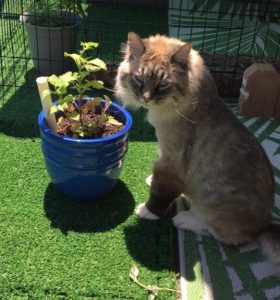
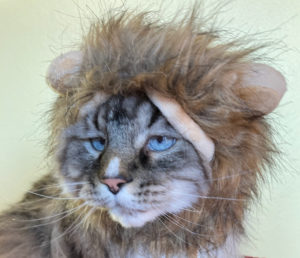
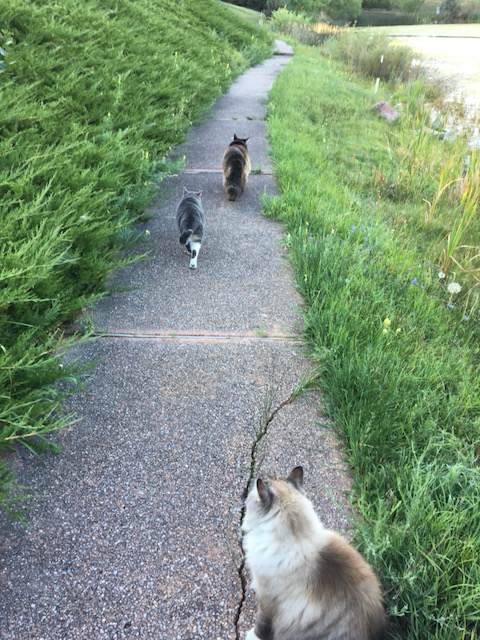
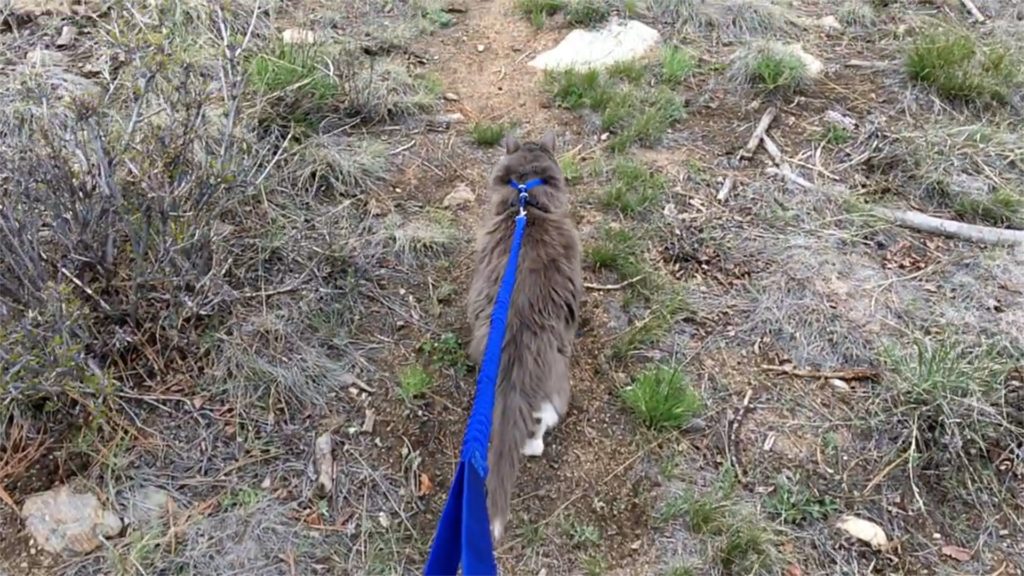 I have seen a lot of advertisements and posts recently on social media about taking your cat for a walk. This can be a source of enrichment for your cat; it is also be a great time to take photos of your friend and bond with her more.
I have seen a lot of advertisements and posts recently on social media about taking your cat for a walk. This can be a source of enrichment for your cat; it is also be a great time to take photos of your friend and bond with her more.
